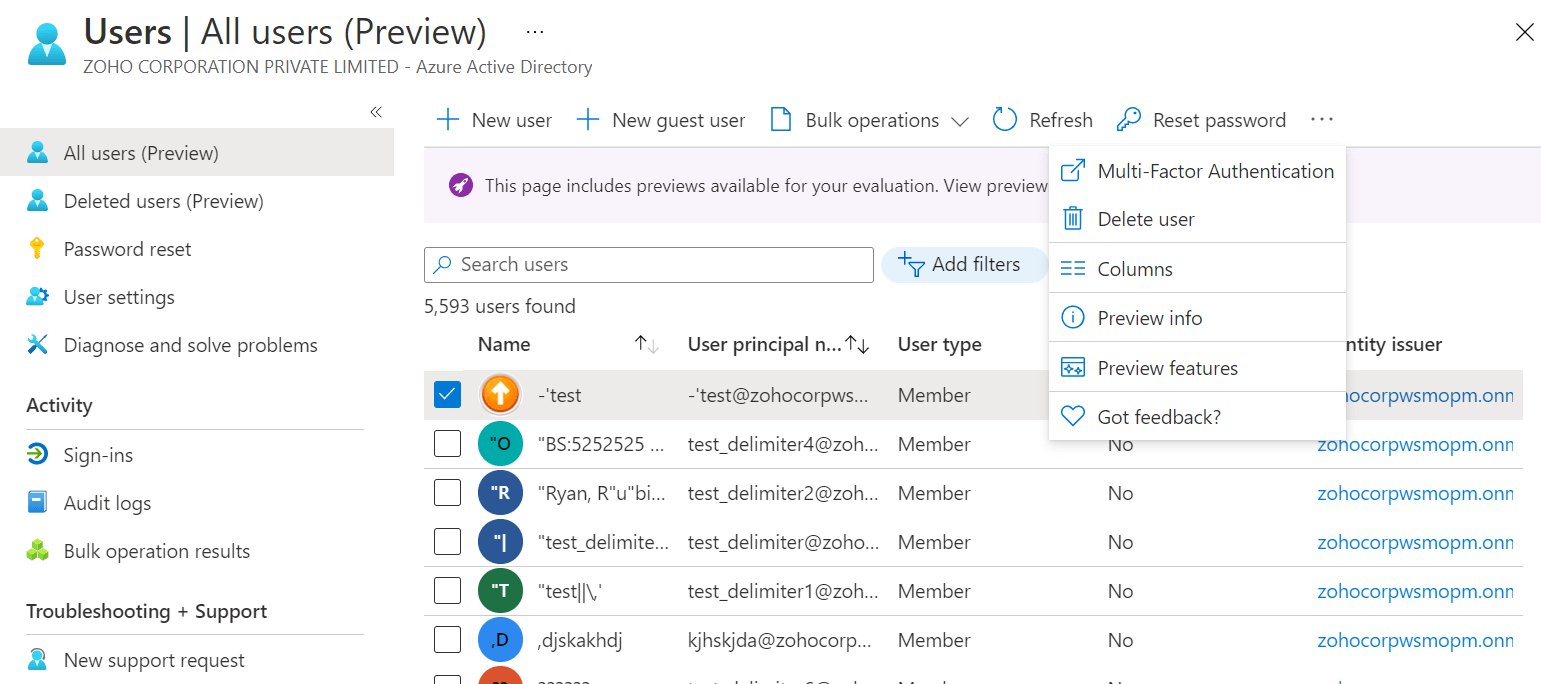

You also need to turn on Modern Authentication to get a true MFA experience, but more on that in a bit. Or to be more specific, turning on MFA alone will not give you MFA for most of your Office 365 applications. Turning on Multi-Factor Authentication in your Office 365 tenant is not as straightforward as you’d think. Since different applications use different authentication methods, Multi-Factor Authentication can work differently for different applications. Each application authenticates users in different ways. Office 365 is not one application, but rather a collection of applications. When Office 365 MFA originally launched, it was barely MFA at all. They are thinking of protecting a “single sign-on” experience with two factor authentication. I find when my customers think about MFA, they are thinking about the experience they have on a VPN, or maybe the experience when using MFA to sign into their workstations in the morning. In this blog post, I will explain what configurations you need and what MFA experience you will get based on those configurations. The problem is that there is a confusing warren of options and configurations that greatly affect the MFA experience an Office 365 user will, or will not, see. Multi-factor authentication has been available, at least for users with administrator roles assigned, in Office 365 since June 2013.


 0 kommentar(er)
0 kommentar(er)
